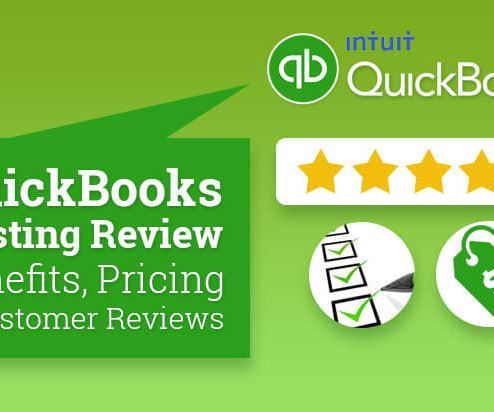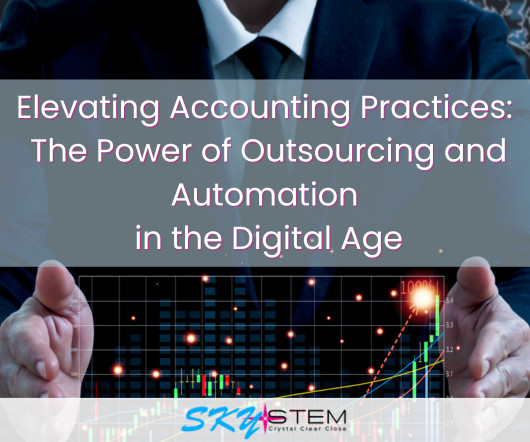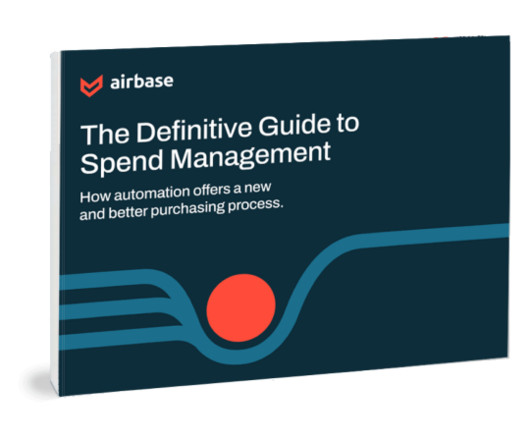QuickBooks Hosting Review 2023 – Benefits, Pricing & Customer Reviews
Ace Cloud Hosting
AUGUST 5, 2023
There are dozens of QuickBooks hosting service providers in the market with similar offerings that appeal to your dollar, but how are their results? How should you go about choosing.



























Let's personalize your content